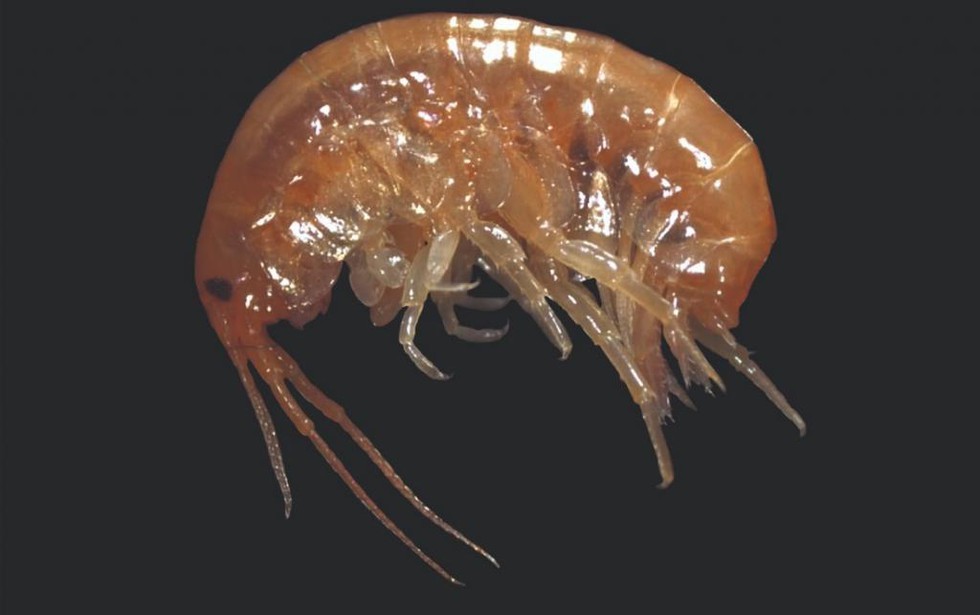
New crustacean Species

New crustacean Species
|
For Prelims: About the New Crustacean Species, Features, What are Amphipods? |
Why in the news?
Researchers at Odisha’s Berhampur University recently found a new crustacean in Odisha’s Chilika lagoon.
About the New Crustacean Species:
- It is a new species of marine amphipod-a shrimp-like crustacea of genus Parhyale.
- This genus is represented by 15 species globally, occupying both marine and brackish water environments.
Features:
○It is brown in colour and around eight mm in length.
○It has 13 pairs of legs. The first pair of legs is used for capturing prey and feeding.
○It differs from all other 15 species by having a stout robust seta — a spine-like structure on the surface of the propodus of the male gnathopod (first pair of legs).
What are Amphipods?
- Amphipods are any member of the invertebrate order Amphipoda (class Crustacea) inhabiting all parts of the sea, lakes, rivers, sand beaches, caves, and moist (warm) habitats on many tropical islands.
- Amphipods are a significant group in the marine ecosystem and play a vital role in the marine food chain.
- They range in size from a millimeter in length to the supergiant amphipod Alicella gigantea at 340 mm.
- They can be found in all marine habitats (even the deepest ocean trenches, e.g., Hirondellea dubia), and have also colonized freshwater and terrestrial habitats.
- The generic diversity of amphipods is apparently higher in cold waters than in warm ones.
- They are important food for many fish, invertebrates, penguins, shore birds, small cetaceans, and pinnipeds.
- Most amphipods are active swimmers, propelled by three pairs of abdominal appendages.
- They also serve as indicators for studying the impact of climate change and the health of coastal ecosystems.
Source: Down to earth